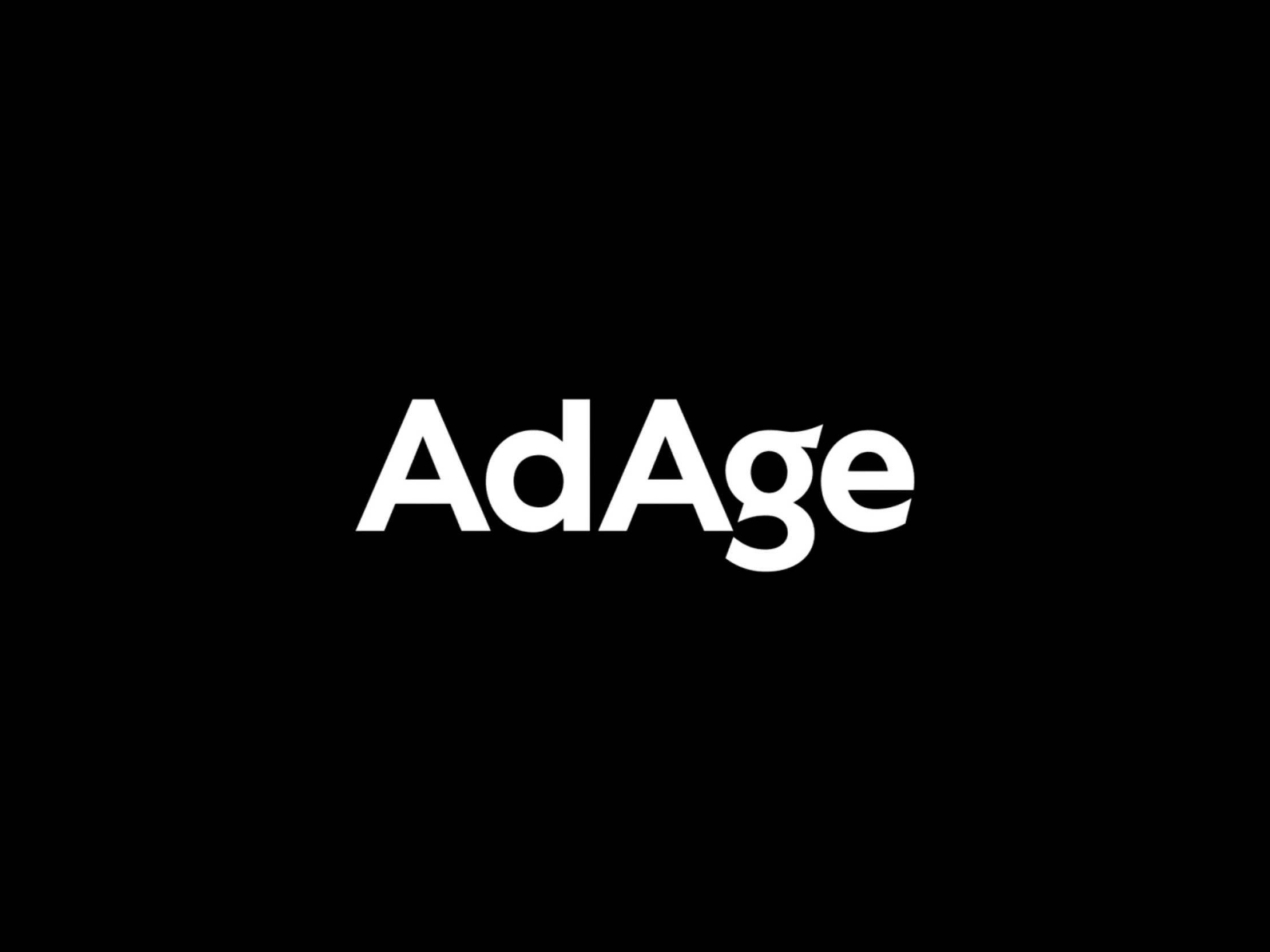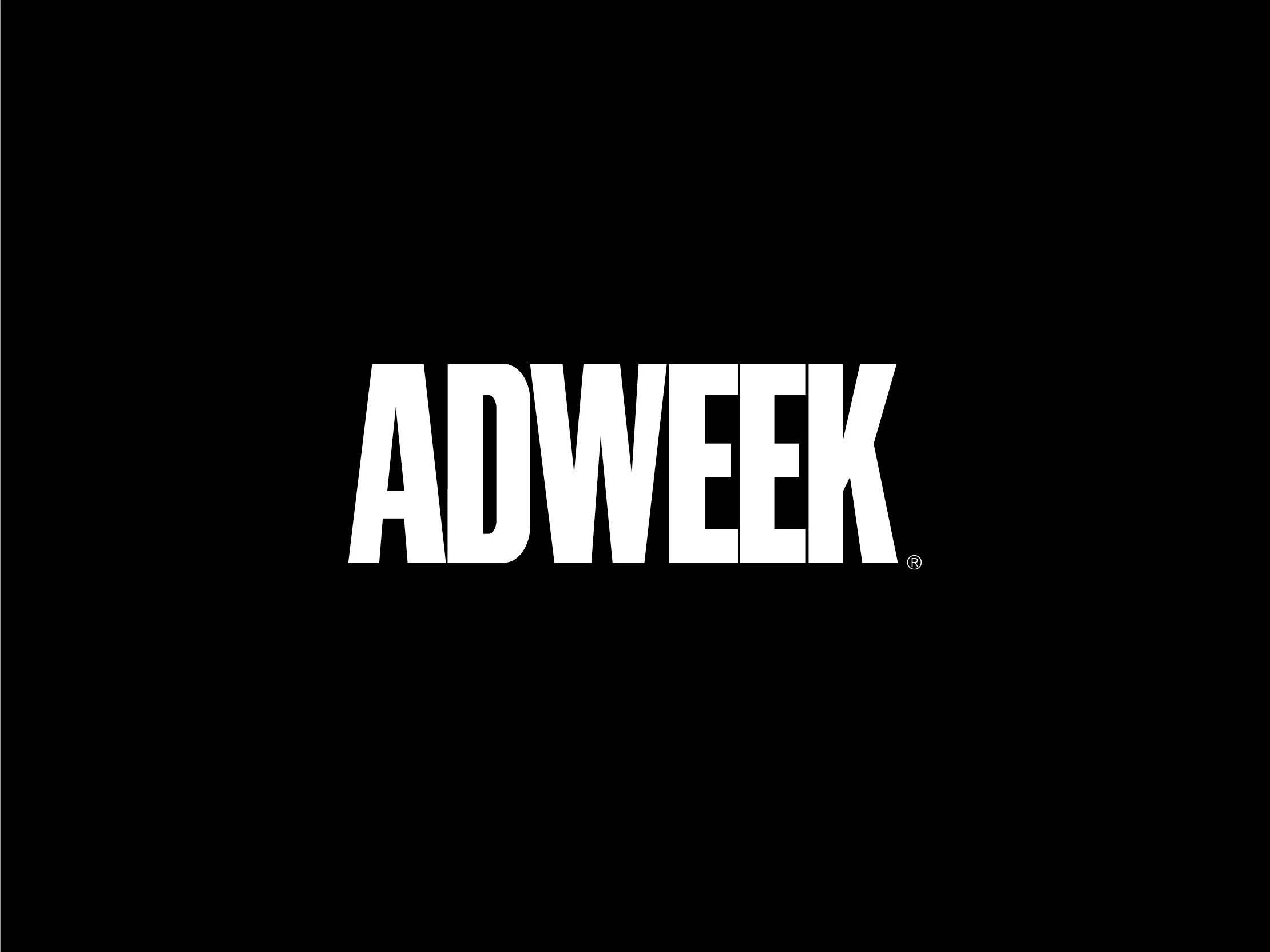
A perspective on the business value of great creative
August 30, 2023 / 8 min read

Adweek recently highlighted the role of great creative in achieving business goals, featuring a Fifty Thousand Feet's perspective on rooting creative efforts in a problem-solving mindset. Jim Misener, Fifty Thousand Feet CEO, discussed how the success of creative ideas hinges on early and continual collaboration as well as a connection to a client’s broader business transformation.
To Sell Great Work to a Client, Every Big Idea Needs a Champion. It May Be the Most Important Step in the Creative Process.
A great creative idea needs a champion. Without one, many ideas would never reach consumers. Imagine a world without 1984, “The Man Your Man Could Smell Like” or “Taste the Rainbow.” It would be a lot less colorful, without the many seemingly far out campaigns that have become iconic not only in the ad world but mainstream culture.
While plenty of good ideas make it out of the boardroom, many others languish in obscurity, while others are watered down by the client or dismissed as “too weird.”
But inventive campaigns make people pay attention, which often translates into sales, and that’s where the advertising magic happens—people are entertained, and then they buy things. The agencies and brands that know this are the ones that win and grow.
Selling a good creative idea takes persistence. The entire team must be on board, backing the idea and using the right tactics to get it to market. Sometimes, that takes a staunch champion, be it an account director, a creative director or a CMO.
Consider Lisa Liebman, an account executive who was instrumental in getting Mars Inc. to buy funny, edgy campaigns for Skittles, Starburst and Combos in the mid-2000s. Liebman recently died after a two-year battle with cancer, but her tenacity was legendary.
“She was our bulldog account director on Mars,” said famed creative Gerry Graf in a remembrance of Liebman on Linkedln. “She never took no for an answer even when they said it every meeting for six months.”
The barriers to entry
In a perfect world, every great idea would see the light of day. But there are plenty of barriers that keep some ideas away from consumers, from skittish clients to account people afraid to push forth bold visions.
Jason Campbell, chief creative officer at Translation, said fear is the biggest killer of creative ideas. It could be fear of losing your job, presenting the wrong idea, being too risky or the idea being shot down. But fear can be utilized to gain success as well.
“What I love is when fear manifests the other way, which is, I’m fearful that I’m not going far enough. Or I’m fearful that we haven’t done everything we can do,” said Campbell.
Steve Gorski, head of strategy at Forsman & Bodenfors, added that every creative idea is faced with compromises.
“If the compromises start early and continue on at every stage of the process, you’re going to get watered down work. It’s best to sell the vision hard up front and have open conversations when decisions are made that start to change that vision,” said Gorski.
In the Mad Men era, the Don Drapers of the world held considerable sway, with agency heads and creative leads pushing to get big ideas out the door. That was at a time when there were just three buckets, however: print, radio and television. As media has fragmented, the creative must do more and fit into more places.
Shray Joshi, CEO and founder at agency Good Peeps, said it’s becoming harder to sell good creative because of all the channels and placements needed to create a good campaign.
“The volume has increased so dramatically that you have to move your marketing organization from approving campaign concepts to selling content calendars where you simply describe the topics and content formats you are going to use,” said Joshi.
Gorski added that platforms like Meta are pushing the three-second rule onto clients, practically dictating what the creative should look like.
“There are more voices in the room, each with their own opinion of how the creative should work, making it imperative the creative agency has a strong point of view on how the idea will accomplish the overall business objective,” added Gorski.
Because of the extra added layers, it is more important than ever for the entire agency to be on the same page while seeing the client as a partner.
“In terms of selling a great idea, we believe the best ideas are born with their own budget under their arms. The better the idea, the easier it will be to sell it,” said Anselmo Ramos, founder and creative chairman at Gut.
Getting everyone on the same page
Creativity for creativity’s sake is art. Advertising is art that solves a business problem, so bringing clients in from the start makes it a partnership.
“Great creative is done when it’s in service to the broader business strategy of the firm,” said Jim Misener, CEO at agency Fifty Thousand Feet. “Our approach—to be a partner to our clients’ broader business transformation—requires collaboration from the very start.”
Having everyone aligned makes for a better end product and makes selling a great creative idea easier.
“Selling a great idea requires a leap of faith on a lot of people’s parts. But when you have the strategy and the business context to back it up, that leap is easier to take,” said Margaret McGovern, executive creative director at Boathouse.
McGovern added that a key strength for any agency is knowing when to pivot and not being too precious about a single idea.
“Even if it’s the greatest idea ever, if you’re not getting buy-in, it’s not going to be a success,” said McGovern.
Seeing clients as partners helps usher the work through. Translation has partnered with Beats by Dre on award-winning work, and Campbell said that’s because of the strong partnership between agency and brand.
“They’re partners to me because I can pick up the phone and we can talk about an idea. And we can talk about whether or not it’s the right idea. You need partners in that equation. If we were just operating in silos, we’d just be making great work. But we’re not, so we're operating partners, and I like to say we’re operating conspirators,” said Campbell.
Sometimes, the conversations to get a good idea through the system can be difficult, and that’s especially true when the client isn’t on the same page as the agency. But forcing an idea onto a client rarely works, which is why conversations need to start early in the process.
Campbell said his conversations with clients are daily occurrences.
“I always point back to the Beats work. That was daily and constant conversations about the why of the idea. It’s constant communication, constant reassurance, constant pushing a little bit, constantly getting pushed. It’s building a good relationship, where you can be really honest. You can put it on a table knowing that you’re all aligned on the same thing,” said Campbell.
Selling a bologna mask
A partnership involves both the brand and the agency taking chances with the creative, so the sell becomes to the consumer rather than internal. That happens often with Johannes Leonardo and Kraft. The partnership includes working with the Oscar Mayer brand, and one campaign involved making a beauty mask shaped like bologna.
Emily Wilcox, CEO at Johannes Leonardo, calls Kraft “creatively ambitious” as a client. In hiring the agency, Kraft looked to undergo a massive creative transformation and lead its campaigns through creativity.
The team was able to realize through talking with consumers that, as kids, many people would put a piece of bologna over their faces and bite holes into it for a freaky mask. Oscar Mayer and the agency translated that into an adult version.
“As wild as it looks, it’s born out of a consumer insight and a culture of creativity,” said Wilcox. “It’s about setting a stage for creativity, which happens across multiple departments and over time and with intention.“
Wilcox added that not enough people have creative conversations outside of the boardroom. What makes relationships like theirs with Kraft is that they have creative sessions beyond just a big pitch, where they talk about what their version of great might be, what good creative examples they’ve seen outside of their campaigns, and what they want to achieve together.
The bologna mask stunt was wildly successful for the brand, generating tons of earned media, a greater presence on ecommerce sites like Amazon, and a partnership with a popular Korean beauty skincare brand K-Beauty.
“At the time, K-Beauty was massive in culture, it was driving a ton of conversation. It was among aficionados in the subculture around K-Beauty that spread it in the online space,” added Steve Zaroff, chief strategy officer at Johannes Leonardo.
To truly create and sell in great creative, ideas must be based on insight, they must solve business problems, and the agency and client need to be on the same page. When that happens, consumers will follow.
“Great creative can actually move business,” said Campbell. “If you do it with all the right insight and with all the right creativity, you actually have the power to move our business and even the industry forward.”
Featured in AdWeek
Categories
- Perspective




